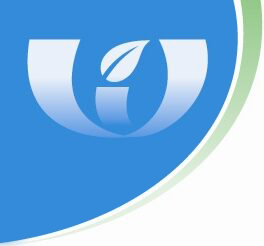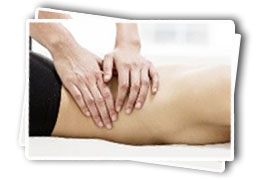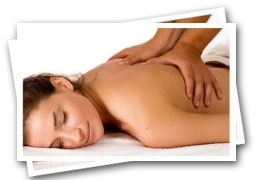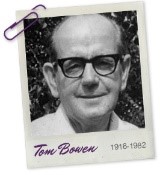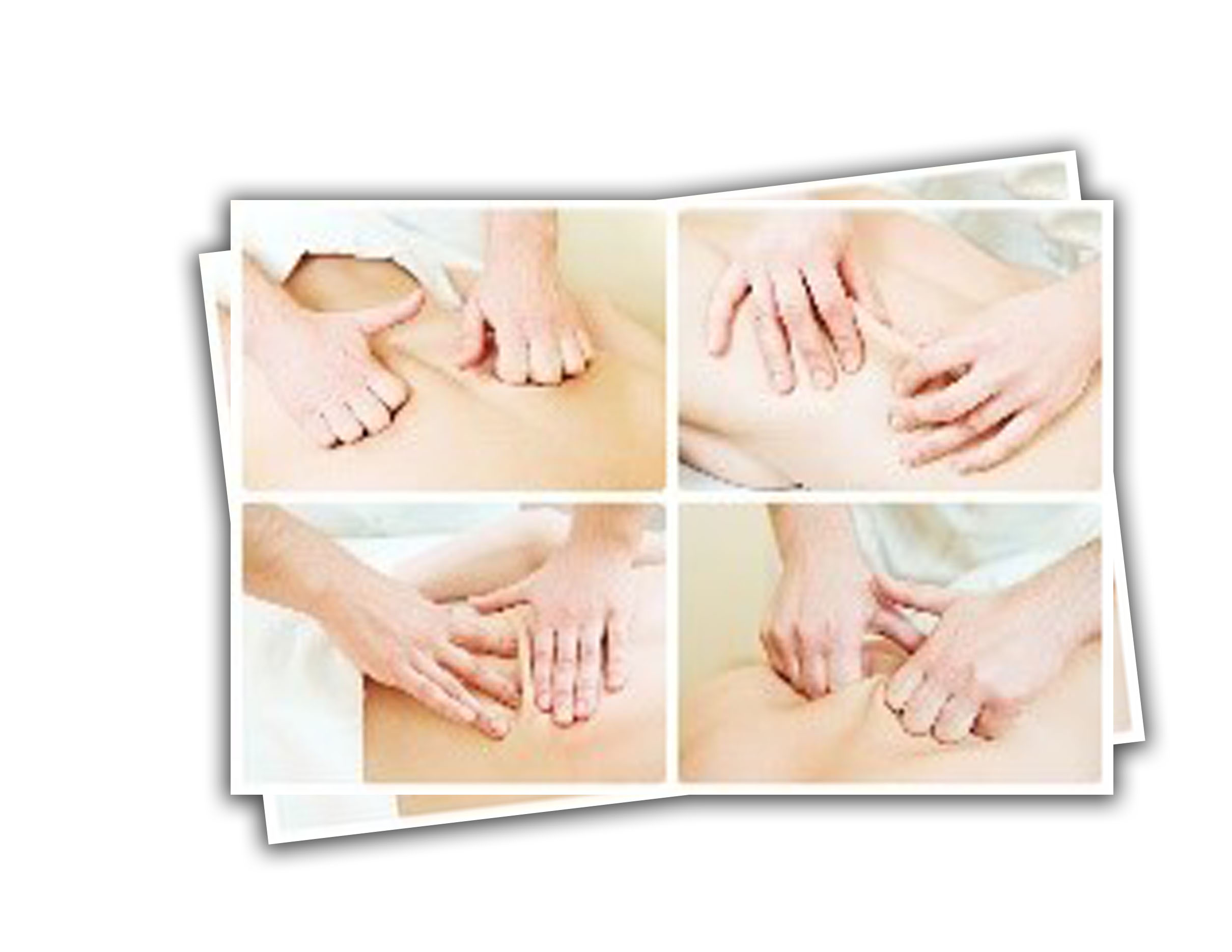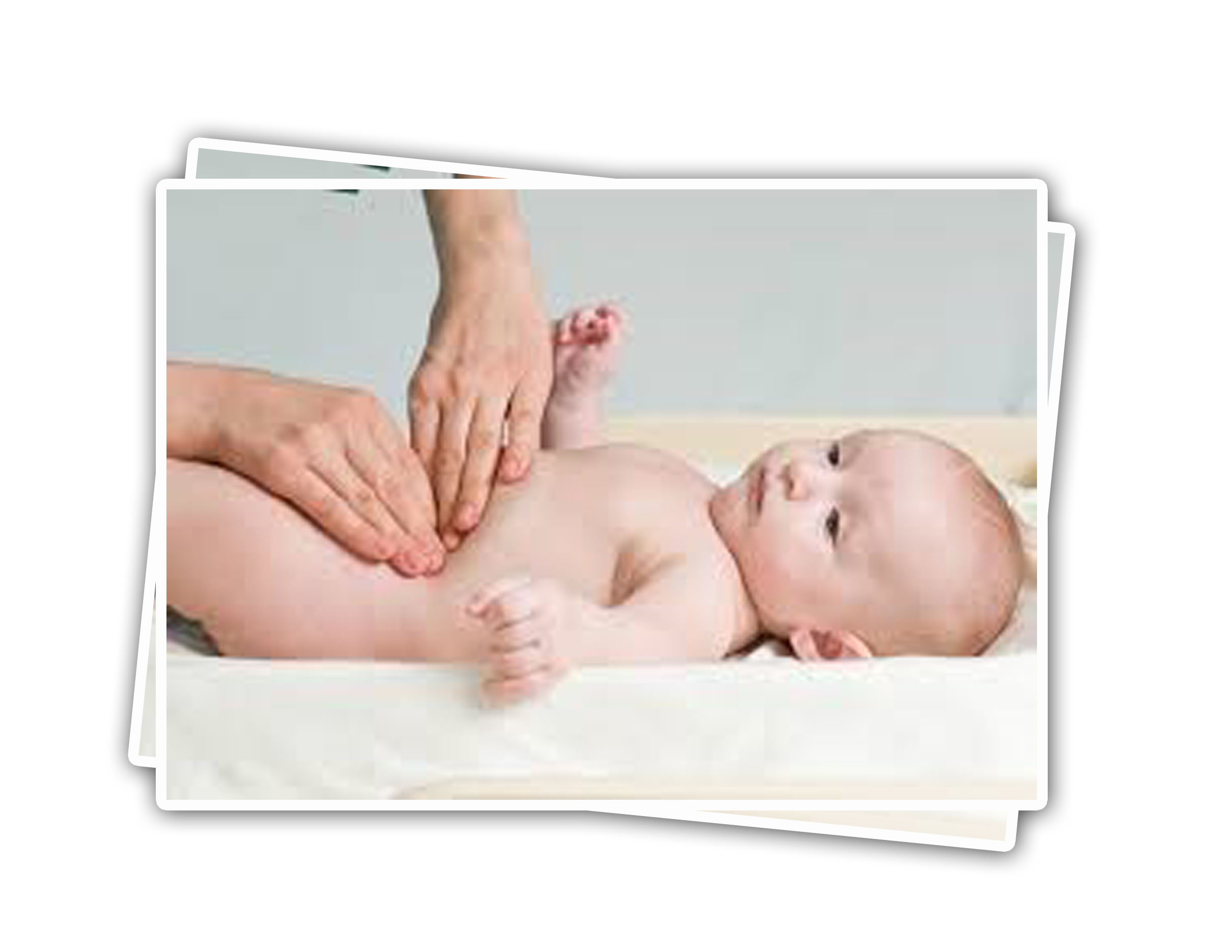There are many theories about the physiological mechanisms by which the Bowen technique brings about the results for which it is famous. In addition to the rebalancing of the ANS, Bowtech moves and procedures may reset the body to heal itself by activating, through the nervous and endocrine systems among others, the following mechanisms:
• Stretch reflex: Most moves are done either at the origin, insertion or belly of muscle where receptors are located, informing the nervous system on the state of tension, length or stretch in the musculotendinous tissue. These receptors are stimulated during the 'challenge' and the 'rolling' part of the Bowen move which changes the stimulus received by the nervous system. This can change a pain/muscle spasm loop.
• Joint proprioceptors: All moves done around a joint directly affect the joint capsule and ligaments that are richly innervated with proprioceptors.
• Fascia: Each Bowen move is done at the level of the superficial fascia and affects the relationship between the fascia and the nerve, muscle or tendon being mobilized. Fascia plays a major role in muscle co-ordination, postural alignment and overall structural and functional integrity. Following a Bowtech session it is not uncommon to see adhesions loosen up, scar tissue soften and posture and mobility improve without harsh mobilization or stretching.
• Segmental viscerosomatic spinal reflexes: Several Bowtech moves engage these reflexes and produce referred reactions to the internal organs through stimulation of the skin, muscles and nerves.
• Acupuncture points and meridians: Most moves overlap acupuncture points and some actually cross two or three acupuncture meridians at once. The overlap of these two systems could explain the very strong vibrational component of the technique and its effect on the internal organs.
• Harmonic vibration or resonance model: Bowenwork moves set up vibrational patterns which bring the body back into balance and harmony.
• Lymphatics: Some Bowtech procedures activate draining of the lymphatic system, stimulating the immune system.
• Detoxification is often initiated during a Bowen session, thereby improving the body's ability to function at a cellular level.
